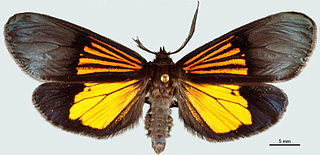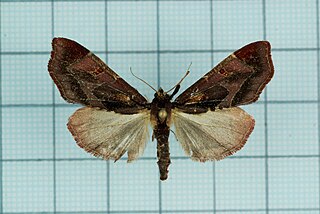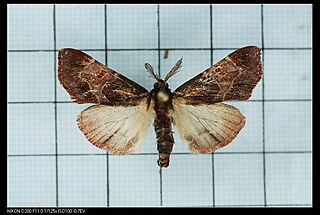
Raul Christiano Machado Cortez was a Brazilian stage, television, and film actor, director and producer. Cortez died of pancreatic cancer in 2006, aged 73.

The Ati are a Negrito ethnic group in the Visayas, the central portion of the Philippine archipelago. Their small numbers are principally concentrated in the islands of Boracay, Panay and Negros. They are genetically related to other Negrito ethnic groups in the Philippines such as the Aeta of Luzon, the Batak of Palawan, the Agta of the Sierra Madres, and the Mamanwa of Mindanao.

Juan de Iriarte was a Spanish writer, French and English translator in the Royal Chancery, Hellenist and latinist.

The Escalante massacre was an incident on September 20, 1985, in Escalante, Negros Occidental, Philippines, where government paramilitary forces gunned down civilians engaged in a rally in commemoration of the 13th anniversary of the declaration of martial law. It is also called Escam - portmanteau of "Escalante" and "massacre", and sometimes Bloody Thursday, though the massacre occurred on a Friday.

The Pyralinae are the typical subfamily of snout moths and occur essentially worldwide, in some cases aided by involuntary introduction by humans. They are rather rare in the Americas however, and their diversity in the Australian region is also limited. Altogether, this subfamily includes about 900 described species, but new ones continue to be discovered. Like many of their relatives in the superfamily Pyraloidea, the caterpillar larvae of many Pyralinae – and in some cases even the adults – have evolved the ability to use unusual foods for nutrition; a few of these can become harmful to humans as pests of stored goods.

Eressa is a genus of moths in the family Erebidae. The genus was erected by Francis Walker in 1854.
A cane knife is a large hand-wielded cutting tool similar to a machete. Its use is prevalent in the harvesting of sugarcane in dominant cane-growing countries such as Peru, Brazil, Colombia, Australia, South Africa, Ecuador, Cuba, Jamaica, the Philippines and parts of the United States, especially Louisiana and Florida, as well as Hawaii. It is the primary tool used in countries that do not employ mechanical means for harvesting cane.
The South African Chamber for Agricultural Development in Africa (SACADA) is a South African non-governmental organisation founded in 1995 with the support of President Nelson Mandela to stimulate the regional economy. One of the main tasks of SACADA was to improve export-oriented plantations. In 1996 it started to settle many farmers in Mozambique creating a joint venture called "SMD" with the Mozambicans. According to the president of the organization, Dries Bruwer, the successes of the project in Mozambique has resulted in twenty other African countries asking SACADA to carry on similar programs in their countries. The organization has been criticized by Michel Chossudovsky because of practices which, he says, destroy small farmers in the lands where SACADA works.

Scea discinota is a moth of the family Notodontidae. It is known almost exclusively from localities close to the city of Mérida in Venezuela. However, there is a single record from the State of Lara. It is engaged in mimicry with Thermidarctia thermidoides.

Sakadas is a term for migrant workers in and from the Philippines, doing manual agricultural labor. Within the Philippines, sakadas work in provinces other than their own. In the 20th century, Filipino men were imported by the Hawaiian Sugar Planters' Association to Hawaii as "skilled laborers" from 1906 to 1946 mainly from the Ilocos region of the Philippines.
Figures of Argentine tango are elements of Argentine tango.

Sybrida is a genus of snout moths.

Sacada approximans is a species of snout moth first described by John Henry Leech in 1889. It is found in Korea, Japan, China, Myanmar and India.
Sacada fasciata is a species of snout moth. It is found in Korea, Japan, China, Myanmar, India and Russia.
Marionana paulianalis is a species of snout moth, and the type species in the genus Marionana. It was described by Viette in 1953, and is known from the Comoros and Madagascar.

Pânico na Band was a Brazilian comedy television show broadcast originally by the Band network from April 1, 2012 until December 31, 2017, produced in a partnership between Band and Jovem Pan, the latter being the owner of the show's format. This is the second television version of the radio show Pânico, succeeding Pânico na TV, which was broadcast by RedeTV! between 2003 and 2011.

Sacada pyraliformis is a species of snout moth. It is found in India.

Sacada acutipennis is a species of moth in the family Pyralidae. It was described by Embrik Strand in 1915.

Sacada is a genus of snout moths described by Francis Walker in 1862.












